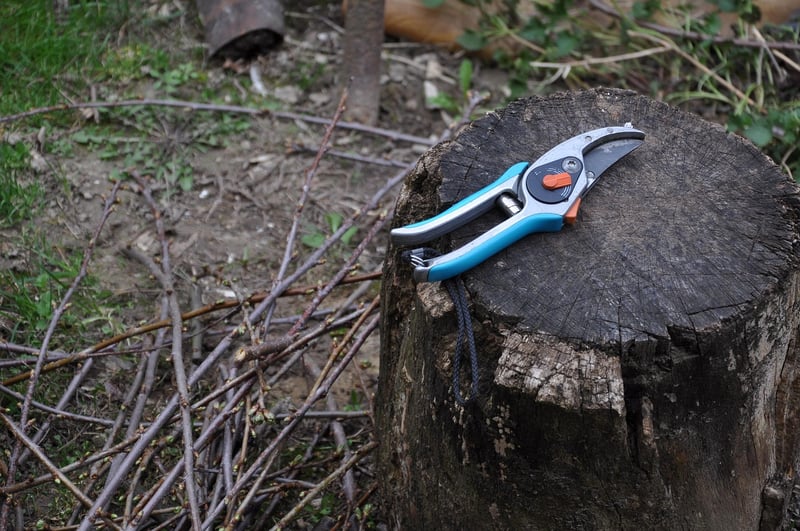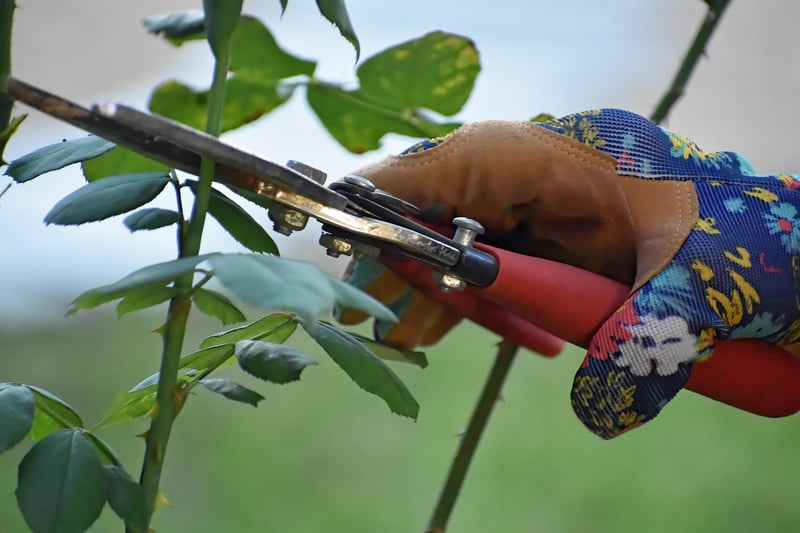Pruning Techniques
Maintaining Healthy Plants Through Proper Pruning Techniques
Proper pruning is a crucial aspect of plant care that not only enhances the aesthetic appeal of your garden but also promotes the overall health and vigor of your plants. By employing the right pruning techniques, you can ensure that your plants thrive and flourish. Let's explore some essential tips for maintaining healthy plants through proper pruning:
1. Understand the Purpose of Pruning
Pruning serves various purposes, including removing dead or diseased branches, shaping the plant for better growth, improving air circulation, and encouraging flowering or fruit production. Before you start pruning, identify the specific goal you want to achieve for each plant.
2. Use the Right Tools
Invest in high-quality pruning tools such as hand pruners, loppers, and pruning saws. Make sure your tools are sharp and clean to make precise cuts without damaging the plant. Disinfect your tools between plants to prevent the spread of diseases.
3. Know When to Prune
Timing is crucial when it comes to pruning. Different plants have specific pruning requirements based on their growth habits and flowering times. Research the optimal pruning times for each plant species in your garden to avoid causing stress or damage.
4. Prune Properly
When making cuts, aim to create clean, angled cuts just above a bud or lateral branch. Avoid leaving stubs or making jagged cuts that can invite diseases. Cut at a 45-degree angle to promote healing and prevent water accumulation on the cut surface.
5. Remove Dead or Diseased Branches
Regularly inspect your plants for dead, damaged, or diseased branches and promptly remove them to prevent the spread of infections. Cutting back to healthy tissue promotes new growth and overall plant health.
6. Consider Plant Growth Habits
Understand the growth habits of each plant species in your garden to prune them accordingly. Some plants require minimal pruning, while others benefit from more aggressive pruning to control size and shape.
7. Monitor Plant Response
After pruning, observe how your plants respond to the cuts. Look for signs of new growth, improved flowering, or better overall health. Adjust your pruning techniques based on the plant's reaction to achieve the desired results.
8. Seek Professional Advice
If you are unsure about how to prune specific plants or if you encounter complex pruning scenarios, consider seeking advice from gardening experts or arborists. They can provide valuable guidance tailored to your plant species and garden conditions.

By following these pruning techniques and tips, you can maintain healthy plants, promote optimal growth, and create a vibrant and thriving garden that will be the envy of your neighborhood.
Remember, proper pruning is a skill that improves with practice, so don't be afraid to experiment and learn from your experiences to become a master pruner!
